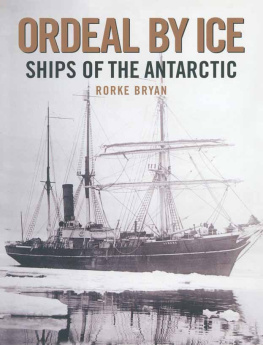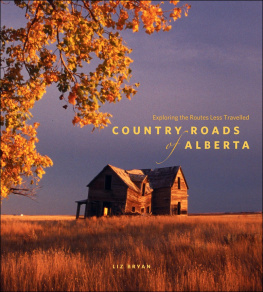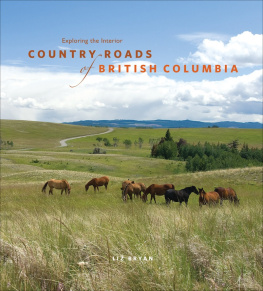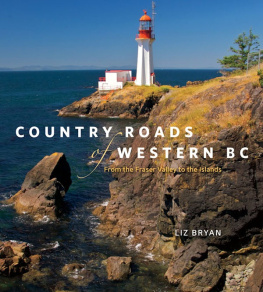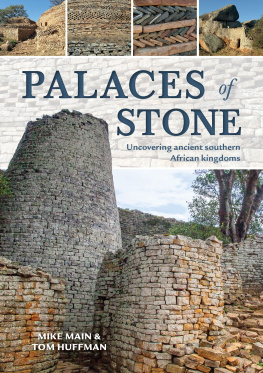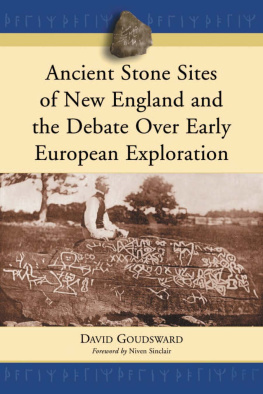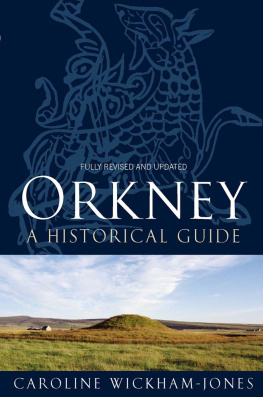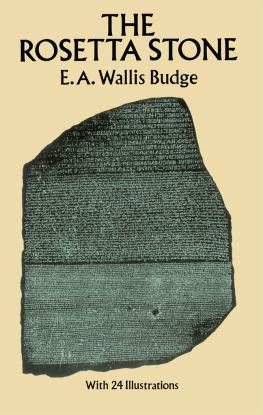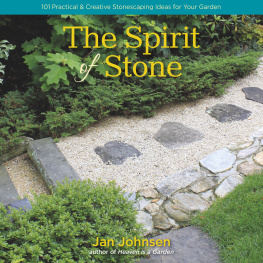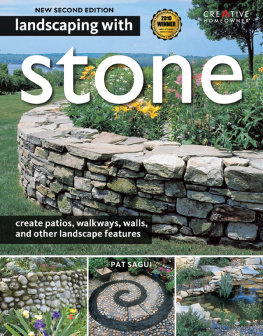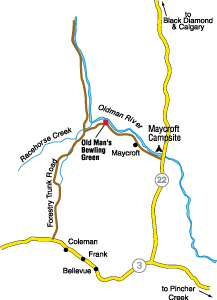ACKNOWLEDGEMENTS
A book such as this, which covers so much ground, both physically and intellectually, could not have been written without a great deal of help from experts in the field. I would like to thank the following for advice, information, and help with photos: Jack Brink, John Brumley, Richard Cherepak, John Dormaar, Margaret Hanna, Tim Jones, Michael Klassen, Brian Kooyman, and Rod Vickers. Other people helped to make the fieldwork easier and more pleasurable. Among them are: Bonnie Moffet, Quenton Heavy Head, Dixie Green, Lorraine Goodstriker, Armand McArthur, Clifford Many Guns, Jeanette Many Guns, Ted and Allene Douglas, George and Margaret Tosh, Velma Booker, Doug Richards, Betty McFarlane, Tim Dutton, Tillie Duncan, David Munro, Michael Sherven, Kevin Hronek, and the staff at the Minton municipal office. For help with revisions/additions to the second edition, thank you to the following: Nathan Friesen, Dale Walde, Margaret Kennedy, Brian Reeves, Shawn Bubel, Christie Grekul, Trevor Peck, Jack Brink (again), Gail Russell, Rachel Booker, Jim McMurchy, Parks Canada, Nature Conservancy of Canada, and Saskatchewan Tourism. My apologies to any I have inadvertently omitted.
Copyright 2015 Liz Bryan
Expanded edition
All rights reserved. No part of this publication may be reproduced, stored in a retrieval system, or transmitted in any form or by any meanselectronic, mechanical, audio recording, or otherwisewithout the written permission of the publisher or a licence from Access Copyright, Toronto, Canada.
Heritage House Publishing Company Ltd.
heritagehouse.ca
LIBRARY AND ARCHIVES CANADA CATALOGUING IN PUBLICATION
Bryan, Liz, author Stone by stone : exploring ancient sites on the Canadian plains / Liz Bryan.
Expanded edition.
Includes bibliographical references and index.
Issued in print and electronic formats.
ISBN 978-1-77203-049-5 (paperback).
ISBN 978-1-77203-050-1 (epub).
ISBN 978-1-77203-051-8 (pdf)
1. Indians of North AmericaPrairie ProvincesAntiquitiesGuidebooks. 2. PetroglyphsPrairie ProvincesGuidebooks. 3. Medicine wheelsPrairie ProvincesGuidebooks. 4. Prairie ProvincesAntiquitiesGuidebooks. I. Title.
E78.P7B794 2015 971.2'01 C2015-903130-3 C2015-903131-1
Cover design by Jacqui Thomas
Cover photo by Liz Bryan
Except where noted, all photographs were taken by Liz Bryan.
Heritage House acknowledges the financial support for its publishing program from the Government of Canada through the Canada Book Fund (CBF), Canada Council for the Arts, and the Province of British Columbia through the British Columbia Arts Council and the Book Publishing Tax Credit.
To my son, David
Other Prehistoric Places
OLD MANS BOWLING GREEN
No one with an interest in ancient historical places should miss a visit to the Old Mans Bowling Green, a site where everything is left to the imagination. Its intriguing alignments of stones have been scoured away by river floods, and the site is known in detail only through written accounts. Peter Fidler, the first Hudsons Bay Company explorer to visit Albertas southern foothills, described it well and left a drawing. More than 100 years later, geologist George Dawson also made mention of it in one of his reports. It was known to early ranchers, and as late as 1965 an archaeologist reported seeing cairns on the site; some excavations took place, but only after the evidence had gone. Today, like so much of the First Peoples history, it lies only in the mind.
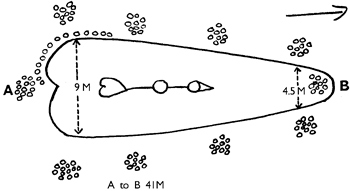
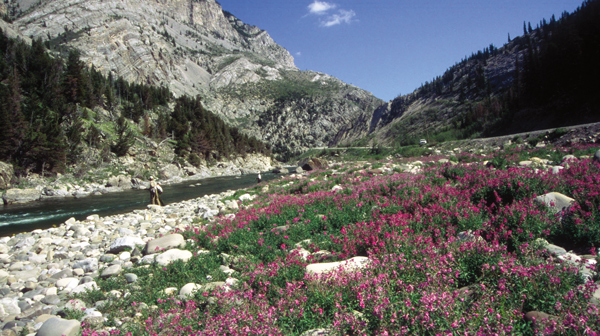
It was the end of December in 1792 when Fidler and a group of Piikani travelled along the Oldman River and through the dramatic limestone canyon known today as the Livingstone Gap. Fidler stopped to look at an unusual arrangement of stones laid out on a meadow beside the river, just east of its confluence with Racehorse Creek. On New Years Eve, he made a sketch and wrote this description in his journal:
It is a place where Indians formerly assembled here to play at a particular Game by rolling a small hoop of 4 inches diameter and darting an Arrow out of the hand after it & those that put the arrow through the hoop while rolling along is reckoned to have gamed. This is on a fine level grass plain, very little bigger than the enclosed space. One side is within 10 yards of the river & the direction of this curiosity is directly one North & south. All those peaces that compose the outer and inner parts are small stones set close together about the bigness of a persons fist above the ground & they are so close set and so neatly put together that it appears one entire ledge of stones.

RIGHT A hoop-and-arrow game, similar to that described by Fidler, was played in historic times by the Cree and other tribes.
Fidler then gave the Piikani account of the place, an explanation that he thought was surprising and ridiculous: They say that a white man came from the south many ages ago and built this for the Indians to play at, that is different nations whom he wished to meet here annually & bury all anemosities betwixt the different tribes by assembling here and playing together. They also say that this person made the Buffalo, on purpose for the Indians. They described him as a very old white headed man...
A hoop-and-arrow game was played in historic times by many different tribes of North America, including the Mandan villagers from the south (see Mandans, page 183). Was this old man one of the Cluny immigrants? Or were the Piikani referring to Napi, their Old Man, the maker of buffalo and all other things on earth?
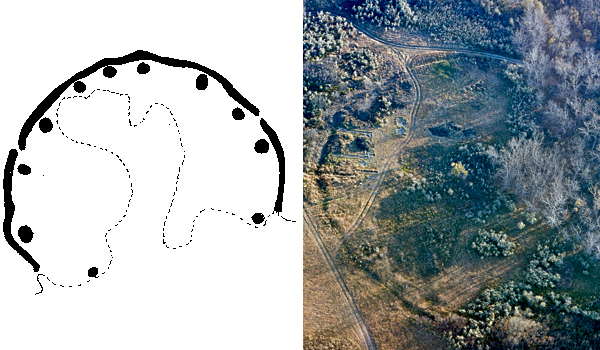
LEFT Plan of the Cluny village showing supposed house pits and ditch.
RIGHT From the air, the circular ditch of the fortified village is clearly seen. HARRISON BOSS PHOTOGRAPH
ACCESS INFO
The site of the Old Mans Bowling Green beside the Oldman River can easily be found: it lies on the south bank less than a kilometre below the confluence with Racehorse Creek. There is a level meadow here, and there are plenty of fist-sized stones. Take Fidlers plan and lay them all out in your head. See the place as it used to be. Alberta Highway 22 crosses the Oldman River beside the small campsite of Maycroft. Take the road leading west along the river and through the Oldman Gap. Park just before you reach the Forestry Trunk Road and find the meadow, on a north-south section of the river that corresponds with Fidlers description. The river is loud and lovely; in summer, the canyon is bright with fireweed.
CLUNY: VISITORS FROM THE SOUTH?
At most of the prehistoric sites on the Canadian grasslands, stone is a good structure for investigating the past. But at Cluny, perhaps the most intriguing archaeological site on the grasslands, little surface stone is involvedthere are simply post holes, chunks of wood, prehistoric excavations in the soil, and lots of artifacts, including pottery of a very different nature. Occupied briefly by strangers probably from the south, Cluny (named for the nearby village) lies on Siksika reserve lands east of Calgary, Alberta, and is now within Blackfoot Crossing Historic Park.


